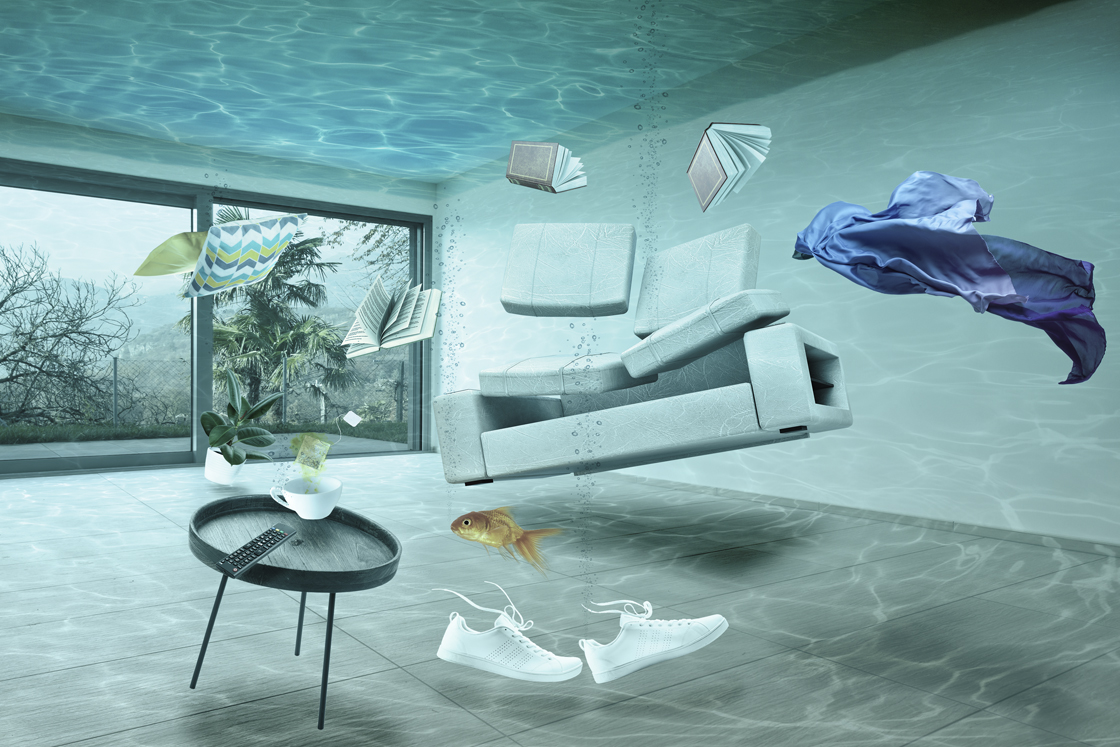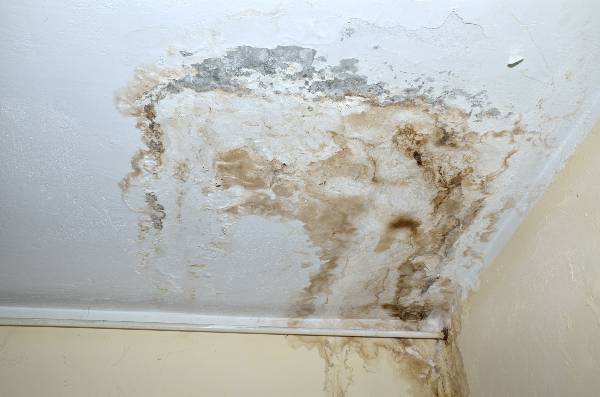We've come across the article on Finding hidden leaks down the page on the internet and believe it made perfect sense to write about it with you over here.

Early detection of leaking water lines can minimize a possible disaster. Some little water leakages might not be noticeable.
1. Analyze the Water Meter
Every house has a water meter. Examining it is a guaranteed way that aids you find leakages. For starters, switch off all the water sources. Make certain no one will certainly flush, make use of the faucet, shower, run the washing machine or dishwashing machine. From there, most likely to the meter and watch if it will certainly change. Because no person is utilizing it, there need to be no movements. That suggests a fast-moving leak if it relocates. If you find no changes, wait a hr or two as well as inspect back once more. This suggests you might have a slow-moving leakage that can also be below ground.
2. Check Water Intake
Examine your water bills as well as track your water consumption. As the one paying it, you should see if there are any type of inconsistencies. If you spot sudden changes, regardless of your usage being the same, it indicates that you have leaks in your plumbing system. Bear in mind, your water bill must fall under the exact same array each month. An abrupt spike in your bill suggests a fast-moving leakage.
On the other hand, a steady increase monthly, despite the exact same practices, shows you have a sluggish leak that's also slowly intensifying. Call a plumber to thoroughly examine your residential or commercial property, especially if you really feel a cozy area on your flooring with piping beneath.
3. Do a Food Coloring Test
When it comes to water consumption, 30% comes from toilets. If the color somehow infiltrates your bowl during that time without flushing, there's a leak between the tank and bowl.
4. Asses Outside Lines
Do not forget to check your outside water lines also. Should water seep out of the connection, you have a loose rubber gasket. One small leakage can lose tons of water and spike your water expense.
5. Examine the scenario and also check
Home owners must make it a routine to inspect under the sink counters and also also inside cupboards for any bad odor or mold development. These two red flags show a leakage so prompt focus is needed. Doing routine assessments, even bi-annually, can conserve you from a major trouble.
Inspect for stainings and also damaging as many pipelines and appliances have a life expectancy. If you presume leaking water lines in your plumbing system, don't wait for it to escalate.
Early discovery of leaking water lines can minimize a prospective calamity. Some small water leakages may not be noticeable. Checking it is a guaranteed means that helps you find leakages. One little leakage can lose bunches of water as well as surge your water bill.
If you presume leaking water lines in your plumbing system, do not wait for it to escalate.
WARNING SIGNS OF WATER LEAKAGE BEHIND THE WALL
PERSISTENT MUSTY ODORS
As water slowly drips from a leaky pipe inside the wall, flooring and sheetrock stay damp and develop an odor similar to wet cardboard. It generates a musty smell that can help you find hidden leaks.
MOLD IN UNUSUAL AREAS
Mold usually grows in wet areas like kitchens, baths and laundry rooms. If you spot the stuff on walls or baseboards in other rooms of the house, it’s a good indicator of undetected water leaks.
STAINS THAT GROW
When mold thrives around a leaky pipe, it sometimes takes hold on the inside surface of the affected wall. A growing stain on otherwise clean sheetrock is often your sign of a hidden plumbing problem.
PEELING OR BUBBLING WALLPAPER / PAINT
This clue is easy to miss in rooms that don’t get much use. When you see wallpaper separating along seams or paint bubbling or flaking off the wall, blame sheetrock that stays wet because of an undetected leak.
BUCKLED CEILINGS AND STAINED FLOORS
If ceilings or floors in bathrooms, kitchens or laundry areas develop structural problems, don’t rule out constant damp inside the walls. Wet sheetrock can affect adjacent framing, flooring and ceilings.
https://www.servicemasterbyzaba.com/blog/how-to-detect-water-leakage-in-walls/

As an enthusiastic person who reads about Top leak detection hacks, I thought sharing that blog post was worth the trouble. Do you know anybody else who is in to the niche? Be sure promote it. We truly appreciate reading our article about Top leak detection hacks.